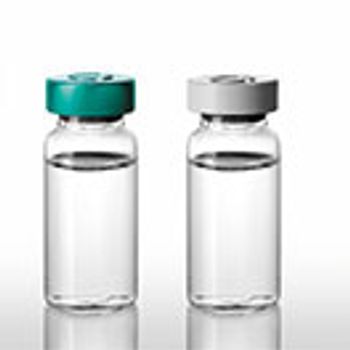
The FDA planned budget features added funds allotted to improved oversight of drugs, biologics, and medical devices.

Jill Wechsler is BioPharm International's Washington Editor, jillwechsler7@gmail.com.

The FDA planned budget features added funds allotted to improved oversight of drugs, biologics, and medical devices.

Gottlieb’s tenure included record new drug approvals and steps taken to curb opioid abuse.

FDA expects more than 200 investigational new drug applications for cell and gene therapies by 2020, causing the agency to strengthen its regulatory program.

The agency clarified the process for development programs for regenerative medicine therapies.

FDA came away with the largest boost in its annual budget in a decade as part of the final spending package approved by Congress this week.

New HHS proposal would remove the current safe harbor protection from the federal Anti-Kickback Statute for rebates or discounts provided to Medicare Part D drug plans and certain state Medicaid programs.

Policies emphasize the importance of ensuring data integrity in the United States and abroad.

FDA staffers will be hard-pressed to process and review the wave of new drug application submissions in pre-established timeframes for action.

Industry investment and regulatory support combined to move many important new medicines to market.

FDA plans to support initiatives to ensure that all medicines are safe, effective, and of high quality.

The proposal from the Centers for Medicare and Medicaid Services (CMS) proposes to give plans more flexibility to limit coverage of certain drugs.

Despite ongoing efforts to address the problem, FDA now sees a rise in active shortages and in the duration of supply problems.

Moving forward with gene therapy development requires a “quantum leap” in manufacturing capabilities.

To achieve a more dynamic marketplace, FDA is issuingguidance documents and targeted advisories to support R&D on complex generics and combination products.

The US Department of Health and Human Services has published its proposed rule on the disclosure of drug prices, just in time for the November mid-term elections.

Congress approves bills with provisions important to FDA and industry, some of which reflect continuing concerns about drug pricing and transparency.

FDA is joining with other federal health agencies and the biomedical research community to advance the science, regulatory policies, and reimbursement strategies to support innovation in antimicrobials.

FDA is revising its inspection process and seeks harmonization of standards for US and foreign regulatory oversight to ensure the safety of medicines.

FDA, innovator companies, and biosimilar developers maneuver over exclusivity, naming, interchangeability, and more.

More than 120 healthcare organizations plan to bring competition to generic drug market.

More consistent and reliable production processes are critical for advancing innovative treatments.

The Senate approved a $159-million budget increase for FDA, to bring its resources up to $5.4 billion for 2019, including more than $2 billion in user fees.

Commissioner Gottlieb is reorganizing FDA in the hopes of streamlining policymaking.

Rising pressure to do more to control drug prices is prompting Trump administration officials to explore where more flexible import policies may help ensure access to safe, effective, and more affordable medicines.

The agency is asking firms to discuss internal quality metrics efforts as part of the approval process for new medical products.

Legislators look to widen access to medications for addiction treatment and overdose emergencies.

FDA seeks more efficient testing to spur development of less costly biotech therapies.

Legislators have requested that FDA do more to prevent drug shortages.

Regulatory authorities have published draft guidance on strategies to facilitate pharmaceutical lifecycle management.

The agency is encouraging team-based reviews and streamlined processes that will make the oversight process more efficient and consistent.